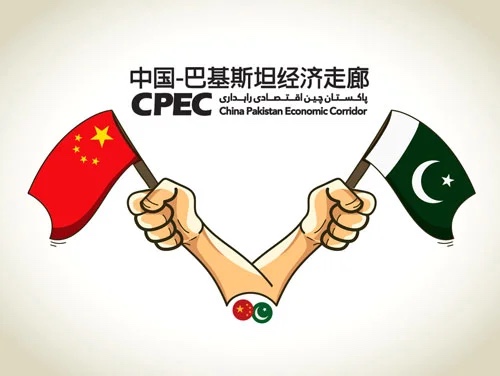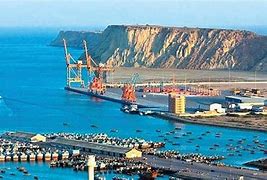Chinese analysts have noted that China-Pakistan iron-clad friendship has made substantial progress under CPEC, especially for trade. They noted that multiple Chinese enterprises from a variety of industries have settled in Gwadar Port of Pakistan, and are cooperating with local companies across different sectors. Liu Zongyi, secretary-general of the research centre for China-South Asia Cooperation at Shanghai Institutes for International Studies, also said that China is providing cold-storage facilities for fisheries as well. Zhou Rong, a senior researcher at the Chongyang Institute for Financial Studies at the Renmin University of China also said that more collaboration of enterprises from two sides is required to enhance cooperation.
China-Pakistan iron-clad relationship and the substantial progress already made in the construction of the multi-billion-dollar China-Pakistan Economic Corridor (CPEC) projects could provide economic propulsion to boost bilateral trade between the two countries, according to analysts.
Multiple Chinese enterprises from a variety of industries have settled in Gwadar Port in Pakistan, which has been cooperating with local companies across different industries such as fisheries by providing them with refrigeration equipment and processing equipment, Liu Zongyi, secretary-general of the research center for China-South Asia Cooperation at Shanghai Institutes for International Studies, said.
Liu noted that high-quality seafood products from the Gwadar Port now can be directly shipped to Northwest China’s Xinjiang Uygur autonomous region as CEPC has provided improved infrastructure for the country.
Pakistan’s exports to China in the first quarter of 2021 totaled $888 million compared with $526 million during the same period in 2020, a year-on-year increase of 69 percent, Moin ul Haque, Pakistani Ambassador to China, tweeted in May.
The construction of the first industrial park under the CPEC framework has entered the full construction phase in Pakistan’s Rashakai Special Economic Zone in May, as the strategic location of the Rashakai gives it great potential to develop export-oriented industries for Central Asia.
The Chinese scholars studying China-Pakistan relations also pointed out there are still spaces for both China and Pakistan to further deepen the bilateral trade, while Pakistan’s exports to China have been booming since 2020 as China’s imports from Pakistan reached $2.12 billion, an increase of 17.5 percent from the previous year, according to data from the ministry of commerce.
There could be more collaboration for enterprises from two sides in developing and manufacturing products together as there are only a handful of projects and products jointly funded and delivered by companies from the two countries, said Zhou Rong, a senior researcher at the Chongyang Institute for Financial Studies at the Renmin University of China.
Zhou vowed that made in China has the potential to turn into made in CPECt since a large amount of Chinese capital especially of which from private enterprises can be invested to manufacture products jointly with Pakistani enterprises.
Such collaboration could also help Pakistan to upgrade its design and manufacturing in production in a bid to expand its overall exports.
Liu echoed Zhou’s opinion emphasizing that China has been cooperating with Pakistan to develop its industries not only to boost Pakistan’s exports to China but also to help the country become a manufacturing base and industrial hub especially in manufacturing to increase Pakistan’s exports to the rest of the world.
Experts noted that China has been working closely with some of the traditionally strong industries in Pakistan such as cotton, textiles, and agriculture by offering technical skills training and exporting advanced equipment to Pakistan, as such industries could provide some of the potential items Pakistan could export to China including cotton, sugar, mango, and textile products which there is a great demand in China.
Moreover, Pakistani enterprises building closer ties with Chinese companies could promote more high-quality products to be exported to China as well, which have not been widely recognised by Chinese consumers including large-sized bath towels, soccer balls, generic drugs, and generic medical products, said Zhou.
As of the end of 2020, there were a total of 70 projects under the CPEC – a landmark project of the BRI launched in 2013 – with 46 projects completed or under construction.
China has been Pakistan’s biggest trade partner for six consecutive years since the 2015 fiscal year. China is also Pakistan’s main source of imports and the second-largest export destination.
















